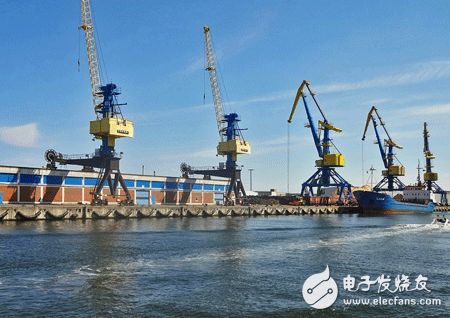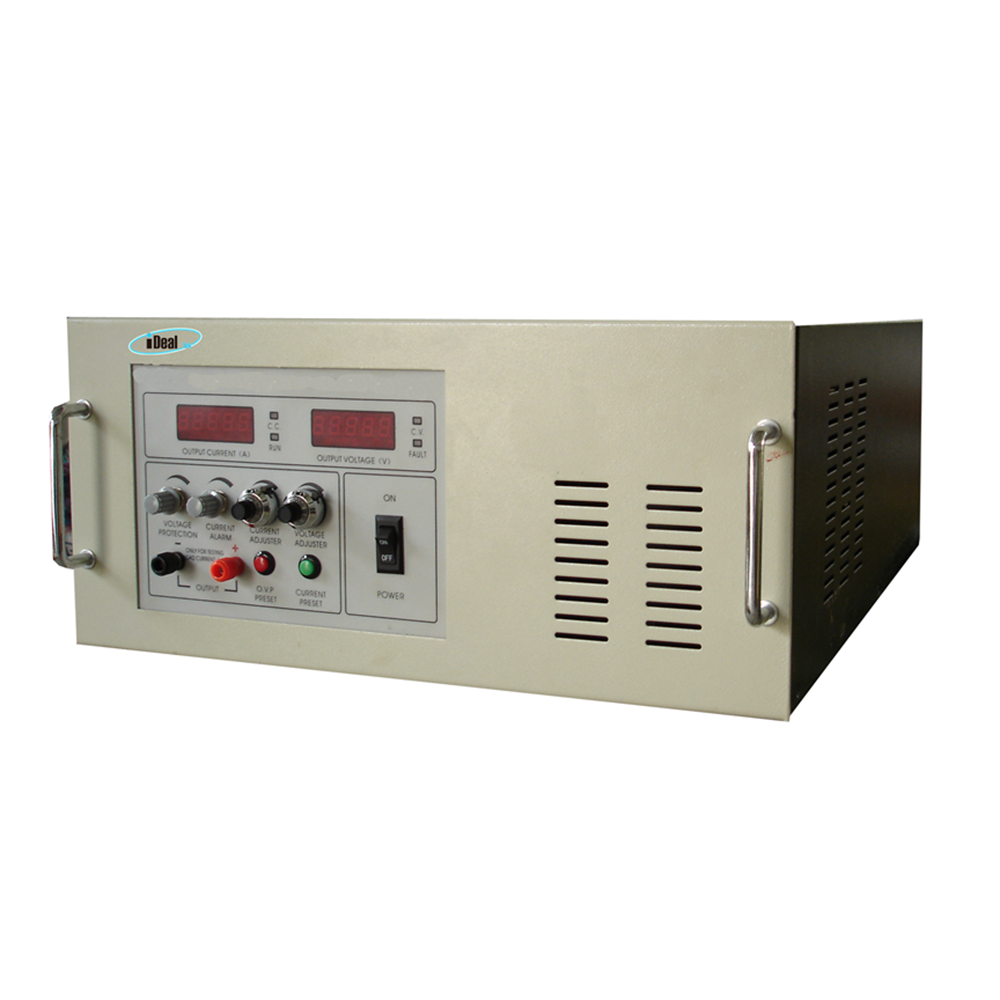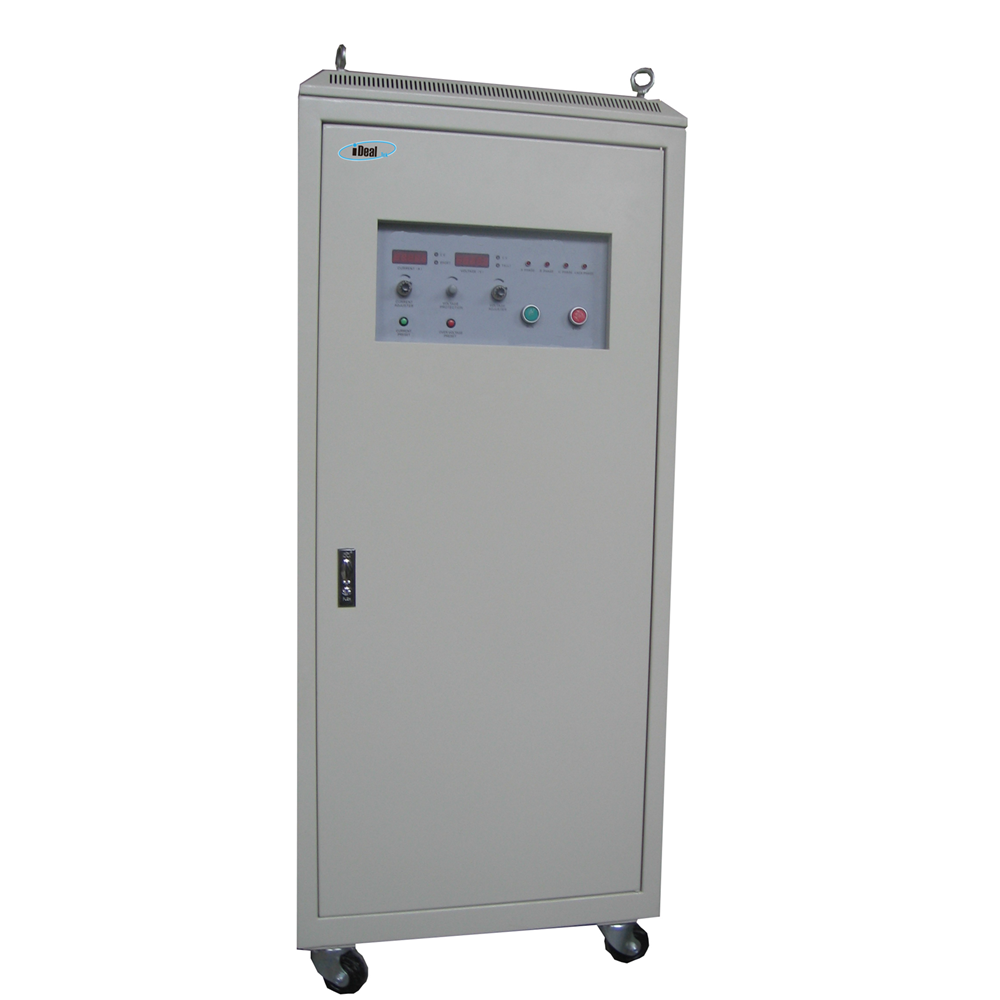Connected assets help reduce costs and improve efficiency. If you can properly grasp the following five elements: how to collect the required data, online and security considerations, direct and indirect costs, and how to communicate between systems. The security and scalability of the system provide an opportunity to ensure the success of the plan.
According to IIoT World, companies' networked asset plans may have different considerations, but they can benefit in many ways, such as less downtime, lower maintenance costs, higher asset utilization, and use. Rate and performance can be understood, and the warranty requirements can be reduced, or the cost of providing services can be reduced by proactive maintenance. With simple but powerful edge computing products, implementing client-connected assets is more convenient than ever.
The deployment of the Industrial Internet of Things (IIoT) involves a variety of sensors, protocols, and data formats. It must ensure the way the assets are networked. It supports a wide range of data transmission protocols, allowing the way data is collected to balance the products that are currently built on the client. New products are available.
A reasonable approach is to collect and normalize the data (normalizaTIon) to ensure that the data is homogenized, applicable to pre-defined data models, and enhance the value of the data with meaningful metadata. The way in which assets are networked must enable the development and operation of IIoT to be smooth, so it is first necessary to assess the current network and IT infrastructure and security within the organization.
Ensure that the wireless technology used at the start of the sensor's transmission of data provides sufficient bandwidth, coverage and signal strength to load increased network traffic. More importantly, the way data is stored must ensure the future, scalability and security of the IoT architecture.

Edge computing supports direct analysis and execution of related data in the place where the data is generated. Even if the connected assets cannot be continuously connected to the cloud, the data can continue to operate, and the data can be properly processed without being transmitted to the cloud data center. The team that implements the connected asset plan most wants to maintain the simplicity and efficiency of the operation, and edge computing is the best way to achieve it.
The most direct direct cost of a networked asset plan is cloud services and bandwidth. The solution must analyze, process, and respond as much as possible in the place where the data is generated, and carefully distinguish the data that is absolutely necessary to be transmitted to the cloud. The life cycle cost of equipment is the most important indirect cost, and management must try to achieve high efficiency and cost-effectiveness.
One of the goals of the Networked Assets Program is to reduce the cost of service and repair parts. Combined with easy-to-use edge computing and cloud platforms, it provides intelligent coordination and integration, using advanced data aggregation (aggregaTIon), compression (compression) and filtering technology to improve asset efficiency and reduce direct and indirect costs.
The old IT infrastructure such as enterprise resource planning (ERP) or customer relationship management (CRM), the biggest difficulty in integrating with network assets is the lack of communication interfaces. Establish a platform that seamlessly integrates cloud and enterprise systems, and use the edge technology with connectors to directly upload the intelligence generated by the machine data of networked assets to the enterprise IT system to facilitate analysis, simplification and visualization of existing business processes. The platform also provides a full-featured API and SDK for extended domain-specific systems, legacy apps and self-developed solutions within the organization.
Scalability is not just about hardware costs and data volumes. It should also consider the best and indirect costs of managing large amounts of connected assets in the field. Enterprises should choose an extensible architecture that is not limited to specific hardware to ensure future. In terms of security, if networked assets only need to transmit data, but no need to receive data, it is less susceptible to infection or attack. Enterprises should separate the data stream of the Internet of Things from other parts of the network and store only the necessary data. .
LVLP series Linear Power Supplies are DC Power Supplies that achieve AC/DC conversion through power frequency transformers and transistor loop control. Compared with switching DC power supplies, linear mode power supplies have higher stability, higher accuracy, and lower output ripple. And the most important, because of the use of the power frequency AC/DC conversion principle, the linear power supply does not have high-frequency radiation interference, and is especially suitable for use in places with restrictions on EMC and EMI.
The LVLP series linear AC - DC power supplies have a wide range of output specifications, the output power ranges from 1KW to 400KW, and the output voltage can reach up to 800VDC, and accept customization.


The whole series DC linear power supply adopts industrial-grade metal chassis, pure copper AC/DC varnished transformer, high-reliability multi-transistor filter loop, ensuring the power supplies can run for a long time at full load with high stability, high accuracy, and ultra-low ripple electronic characteristics, equipped with a complete protection circuit, which can better ensure the reliability of the linear power supply itself and the safety of the customer's load.
The output voltage and current can be adjusted by the 10-turn potentiometer with scale and lock on the front, equipped with 4 1/2-digit high-resolution LED meters for output value reading, and RS communication interface can also be added for remote control and monitoring of linear power supplies.
This series of linear power supplies are mainly used for aging and testing of components such as capacitors, relays, and resistors, and can also be used for experimental testing of electronic components such as thermistors and motors. At present, many well-known capacitor manufacturers, resistor factories and other electronic component production units and scientific colleges and universities and other research and development units use this series of power supplies, and they have all been highly praised.
Linear DC Power Supplies, Linear AC - DC Power Supplies, DC Linear Power Supplies, AC - DC Linear Power Supplies, Linear AC DC Supplies
Yangzhou IdealTek Electronics Co., Ltd. , https://www.idealtekpower.com